The abaya, a traditional garment worn by many women in Middle Eastern and Islamic cultures, is more than just a piece of clothing. It's a symbol of modesty, identity, and elegance. However, many wonder why abayas can be so expensive. In this blog post, we'll explore the various factors that contribute to the high cost of abayas, from the materials used to the craftsmanship involved.
1. High-Quality Materials
One of the primary reasons for the high cost of abayas is the quality of materials used. Luxury abayas are often made from premium fabrics such as silk, satin, crepe, nidha or high-grade cotton. These materials not only provide comfort but also offer durability and a refined appearance. The cost of these fabrics can significantly drive up the price of the final product.
Types of Fabrics Used
- Silk: Known for its softness and sheen, silk is a luxurious fabric that adds a touch of elegance to abayas.
- Satin: Satin's smooth, glossy surface makes it a popular choice for special occasions.
- High-Grade Cotton: This fabric offers breathability and comfort, making it ideal for everyday wear.
2. Intricate Craftsmanship
The craftsmanship involved in making abayas is another critical factor. Many abayas feature intricate embroidery, beadwork, and other embellishments that require skilled artisans to create. The time and effort invested in these details are reflected in the price.
Embellishment Techniques
- Embroidery: Hand-embroidered designs can take hours or even days to complete.
- Beadwork: Adding beads to an abaya requires precision and attention to detail.
- Lace and Appliqué: These decorative elements are often applied by hand, adding to the labor costs.
3. Customisation
Custom-made abayas tailored to brand preferences and measurements also contribute to higher prices. Personalised designs, unique patterns, and specific sizing require additional time and expertise, leading to increased costs.
Personalized Designs
- Bespoke Embroidery: Unique designs tailored to personal tastes.
- Custom Sizing: Ensuring the perfect fit for every wearer.
- Exclusive Patterns: One-of-a-kind patterns that stand out.
4. Brand Prestige
Like any fashion industry, the reputation of the brand can significantly influence the price of an abaya. Established brands with a history of quality and luxury often charge more for their products. Consumers are willing to pay a premium for the assurance of quality and the status associated with prestigious brands. There are other costs that add up like influencer marketing, rent and photoshoot events.
Influence of Brand Names
- Reputation for Quality: Trusted brands guarantee superior craftsmanship and materials.
- Status Symbol: Wearing a high-end brand can be a statement of style and social status.
- Exclusive Collections: Limited edition designs from renowned brands add to the exclusivity.
5. Cultural Significance
The cultural and religious significance of the abaya also plays a role in its pricing. Abayas are not just garments; they are a representation of cultural identity and religious observance. The importance placed on maintaining these traditions can lead to a willingness to invest in high-quality abayas.
Symbolism and Tradition
- Modesty: Abayas are a symbol of modesty in many cultures.
- Identity: Wearing an abaya can be an expression of cultural and religious identity.
- Ceremonial Wear: Special abayas for events like weddings or religious ceremonies often cost more due to their significance.
6. Limited Production
Some high-end abayas are produced in limited quantities, adding to their exclusivity and cost. Limited production ensures that each piece is unique and maintains a high standard of quality, but it also means higher prices due to the exclusivity.
Exclusive Collections
- Limited Editions: Abayas produced in small batches or as part of exclusive collections.
- Artisan Made: Pieces crafted by skilled artisans in limited numbers.
- Unique Designs: Ensuring each abaya is unique and not mass-produced.
The expense of abayas is justified by a combination of factors, including the quality of materials, intricate craftsmanship, brand prestige, cultural significance, and limited production. While the price may be high, for many, the value of owning a beautifully crafted abaya that represents their culture and identity is priceless.
FAQs
1. What makes abayas different from other garments? Abayas are unique due to their cultural and religious significance, as well as the high-quality materials and craftsmanship involved in their production.
2. Are all expensive abayas worth the price? Not necessarily. It's important to consider the materials, craftsmanship, and brand reputation when evaluating the worth of an abaya.
3. Can I find affordable yet high-quality abayas? Yes, many brands offer high-quality abayas at various price points. It's essential to research and find reputable brands that offer good value for money.
4. How can I care for my abaya to ensure it lasts? Proper care includes following the manufacturer's washing instructions, storing the abaya in a cool, dry place, and avoiding excessive exposure to sunlight and harsh chemicals.
5. What are the latest trends in abaya fashion? Current trends include modern cuts, innovative materials, and unique embellishments that blend traditional and contemporary styles.


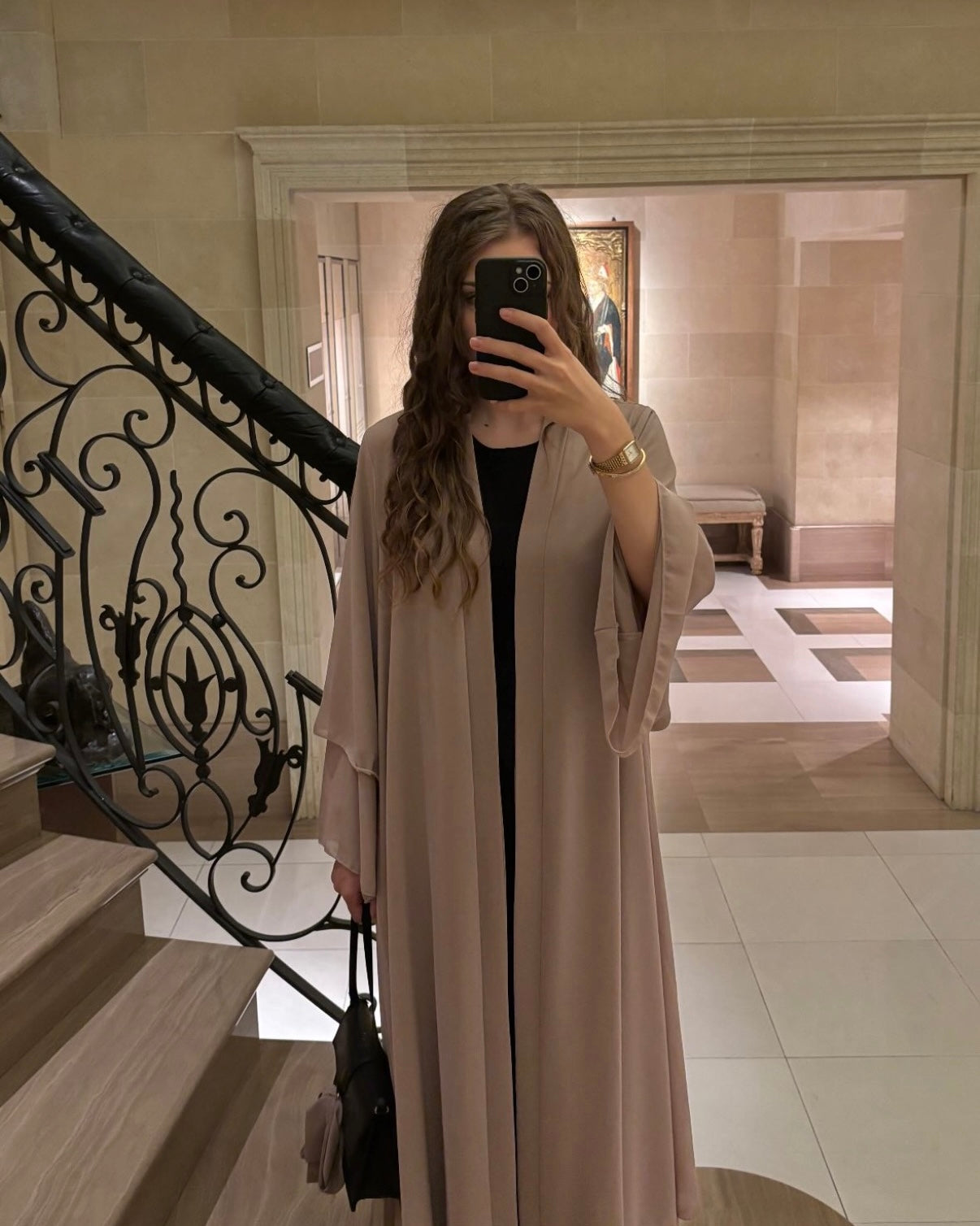
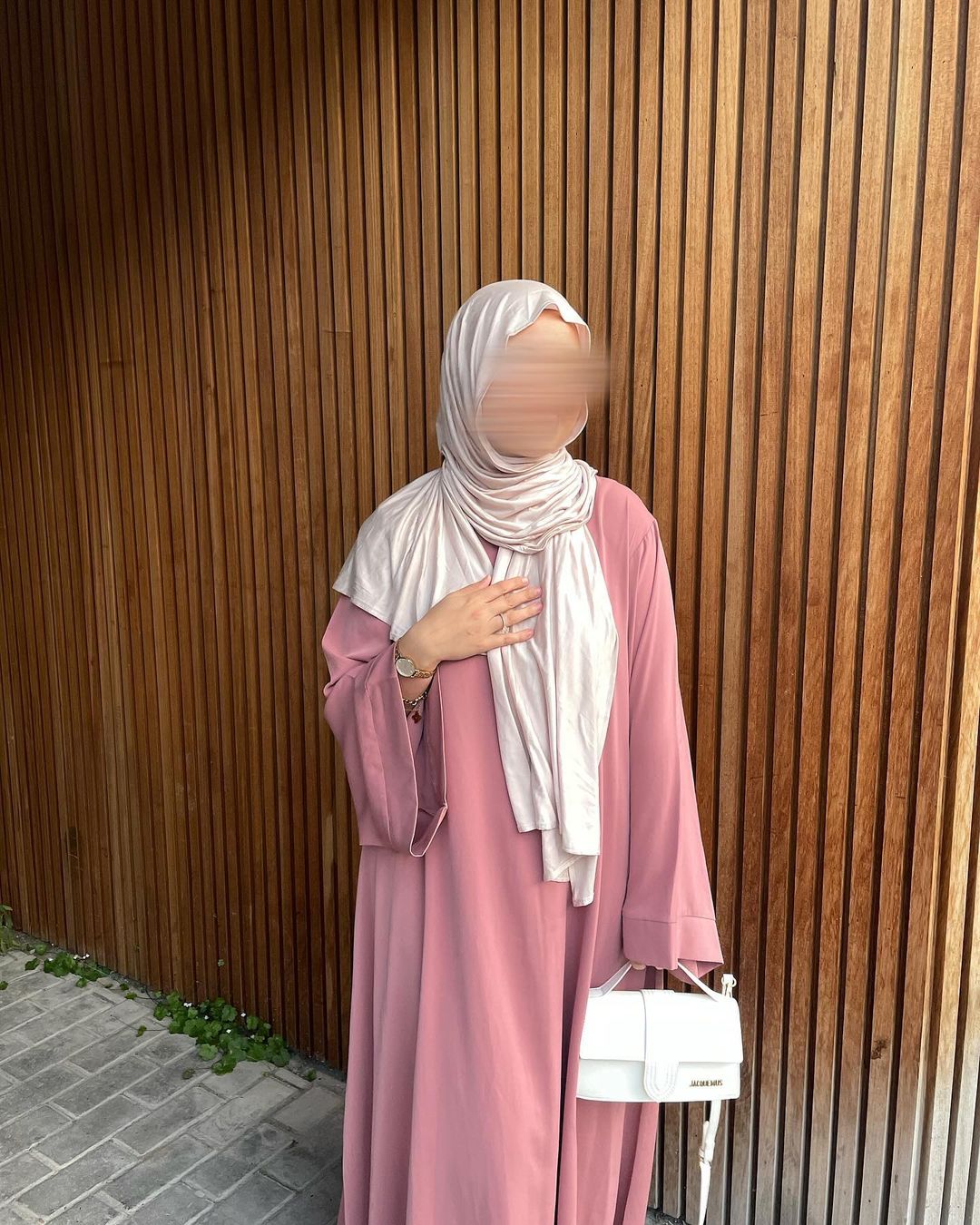



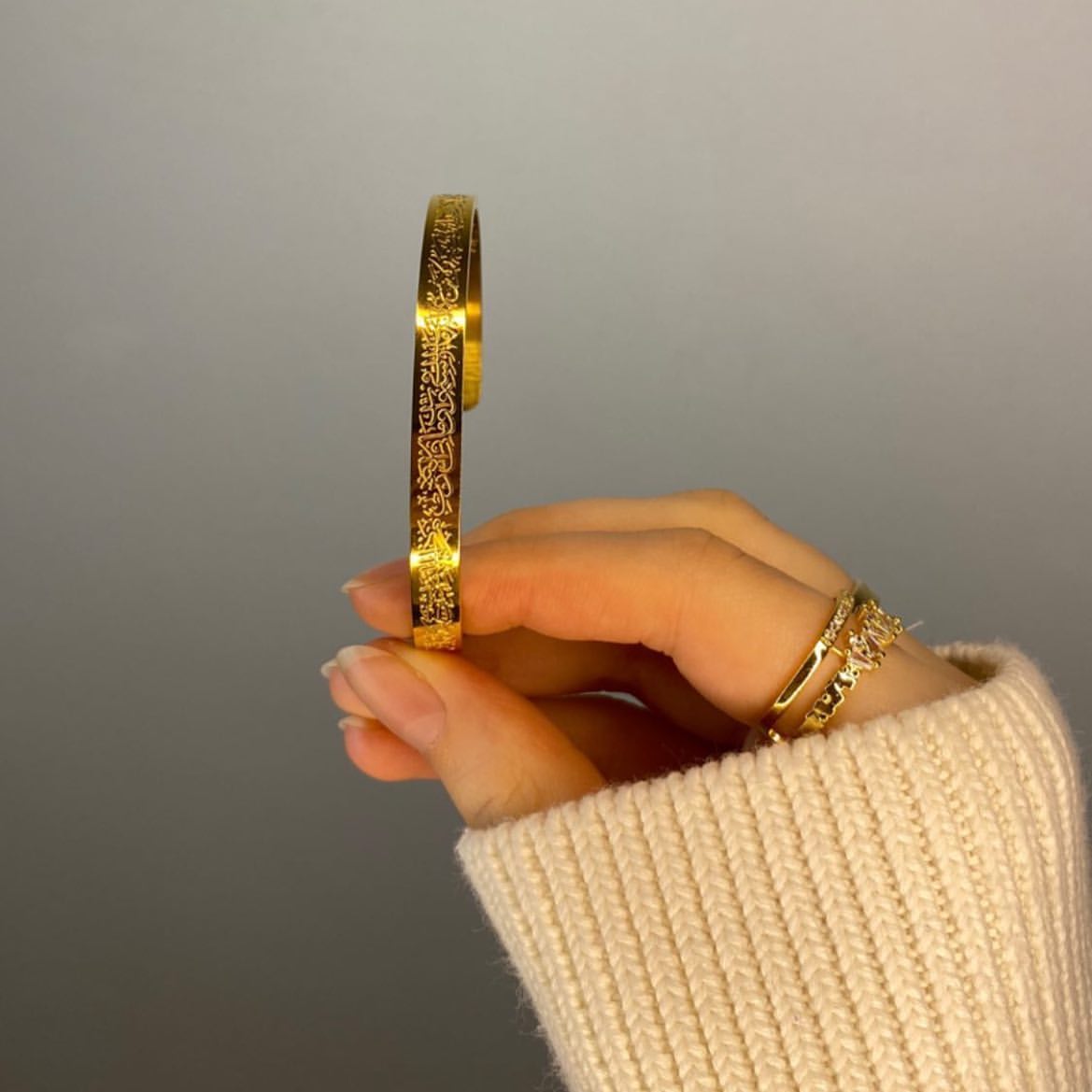
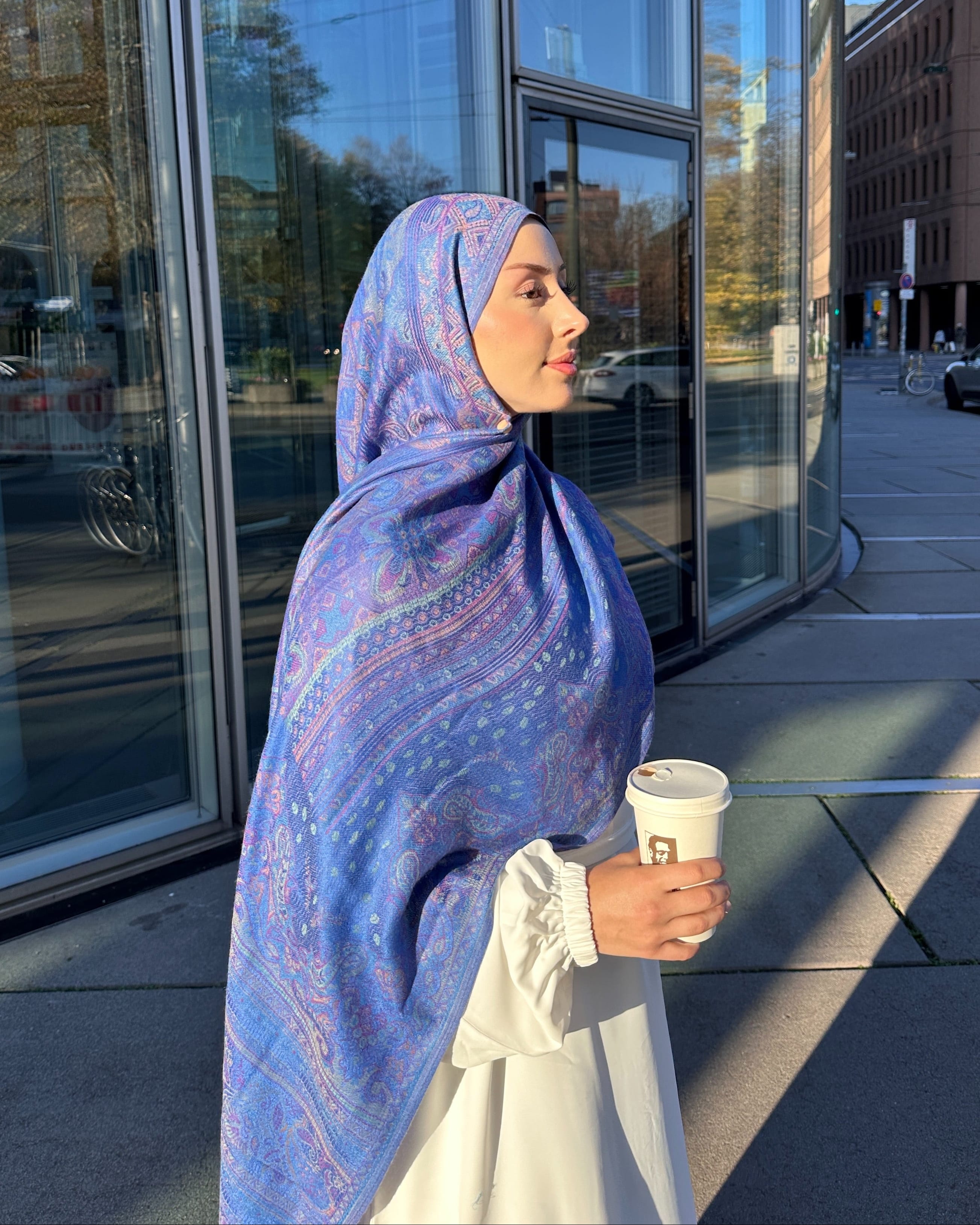
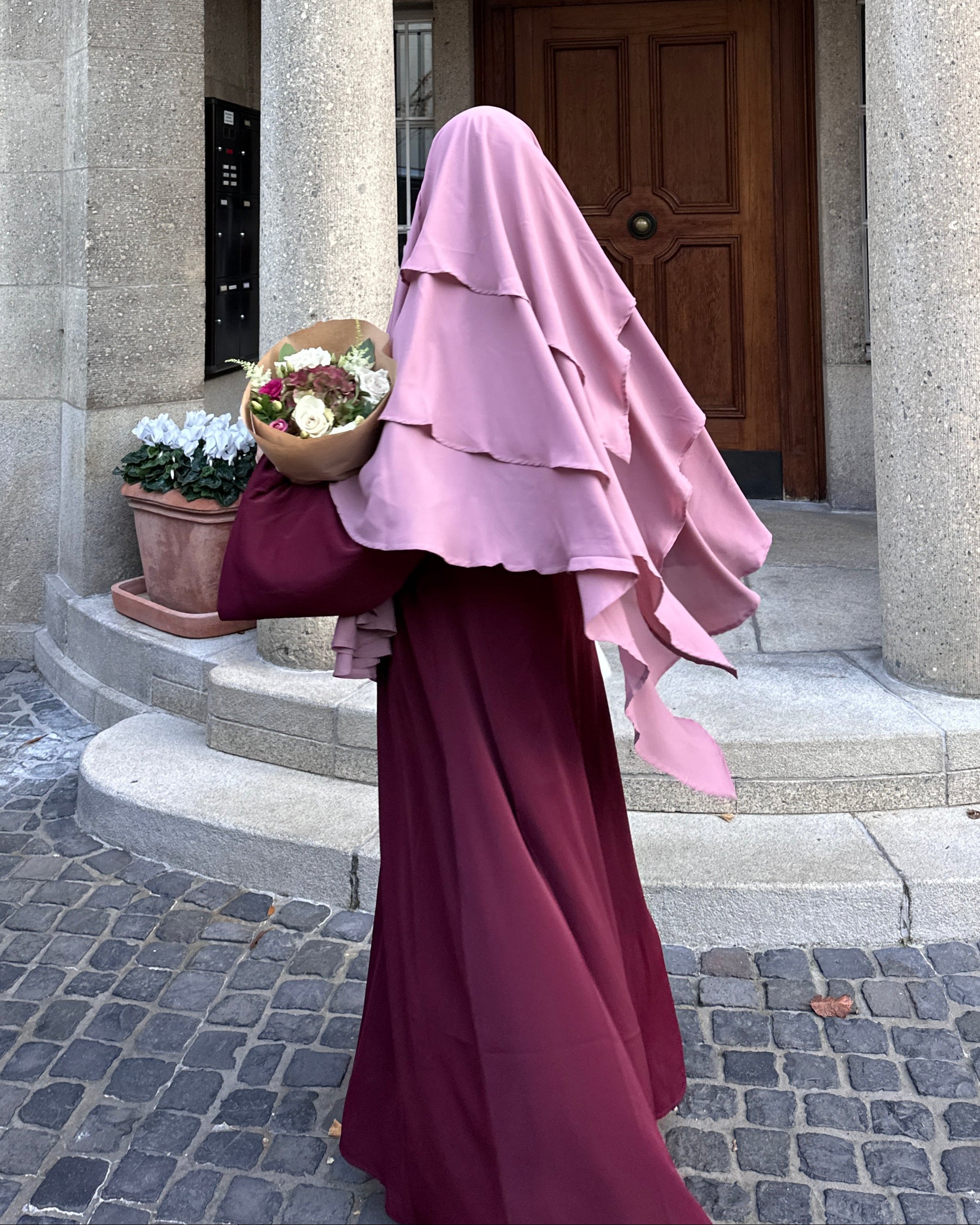


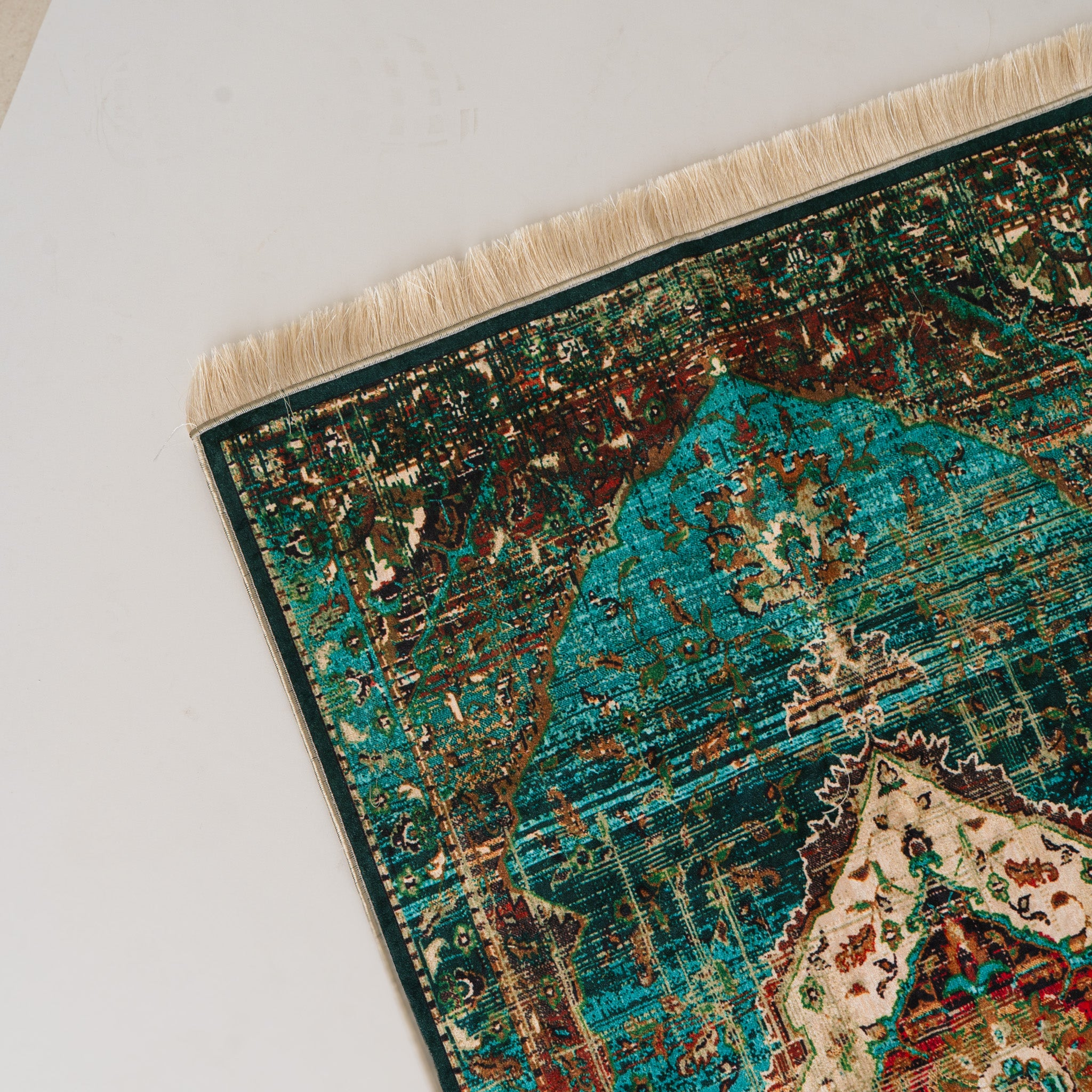


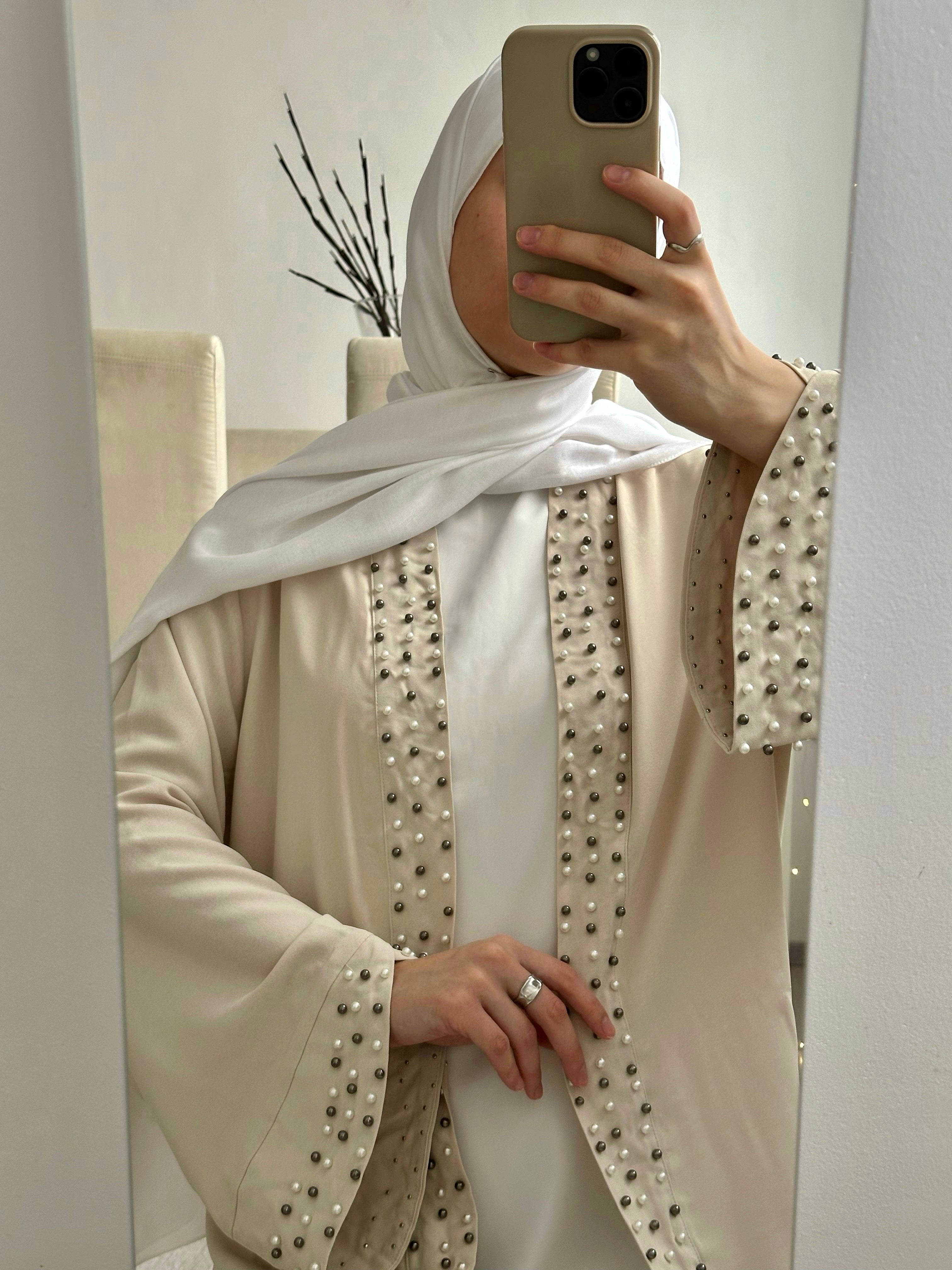
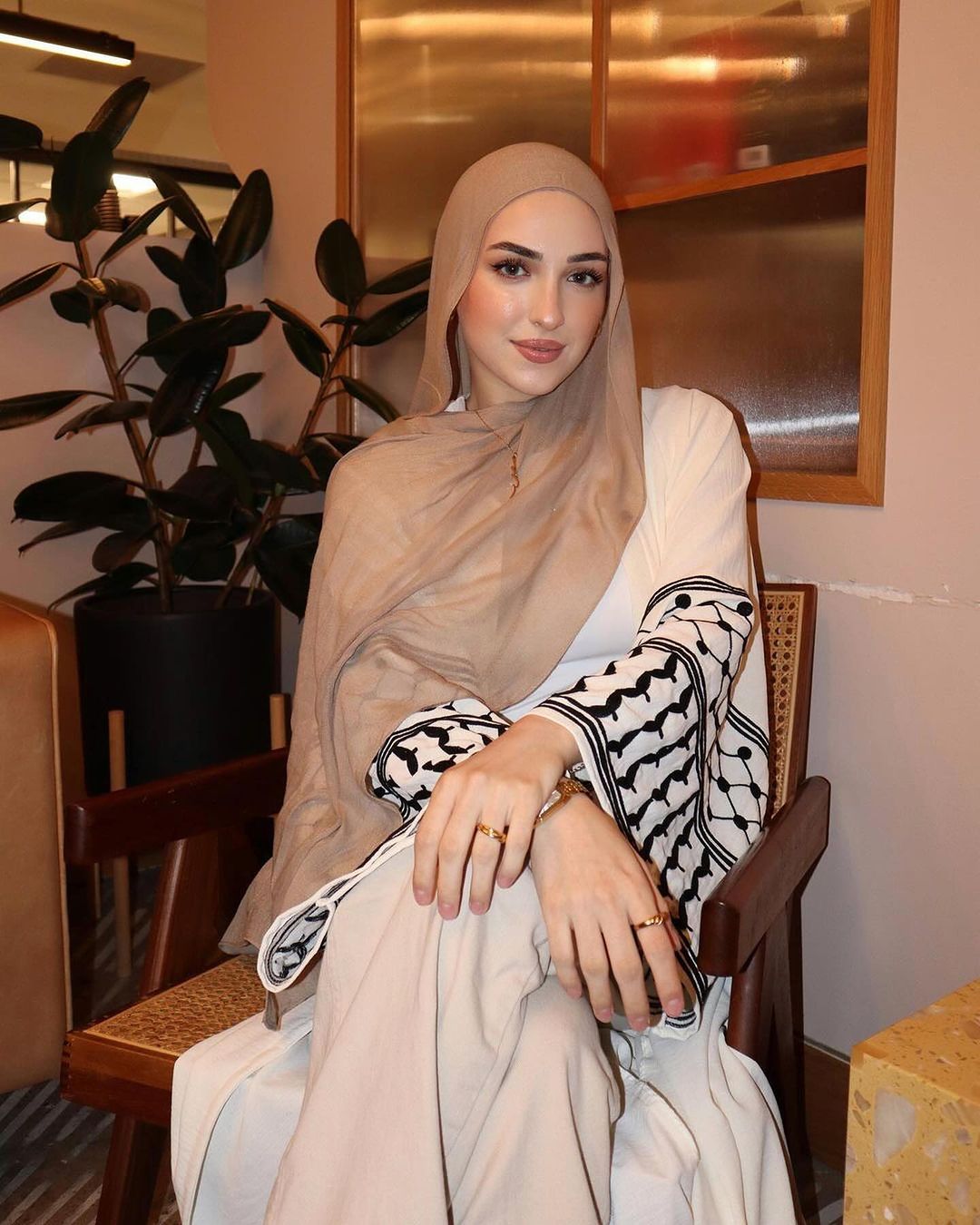
Leave a comment
All comments are moderated before being published.
This site is protected by hCaptcha and the hCaptcha Privacy Policy and Terms of Service apply.